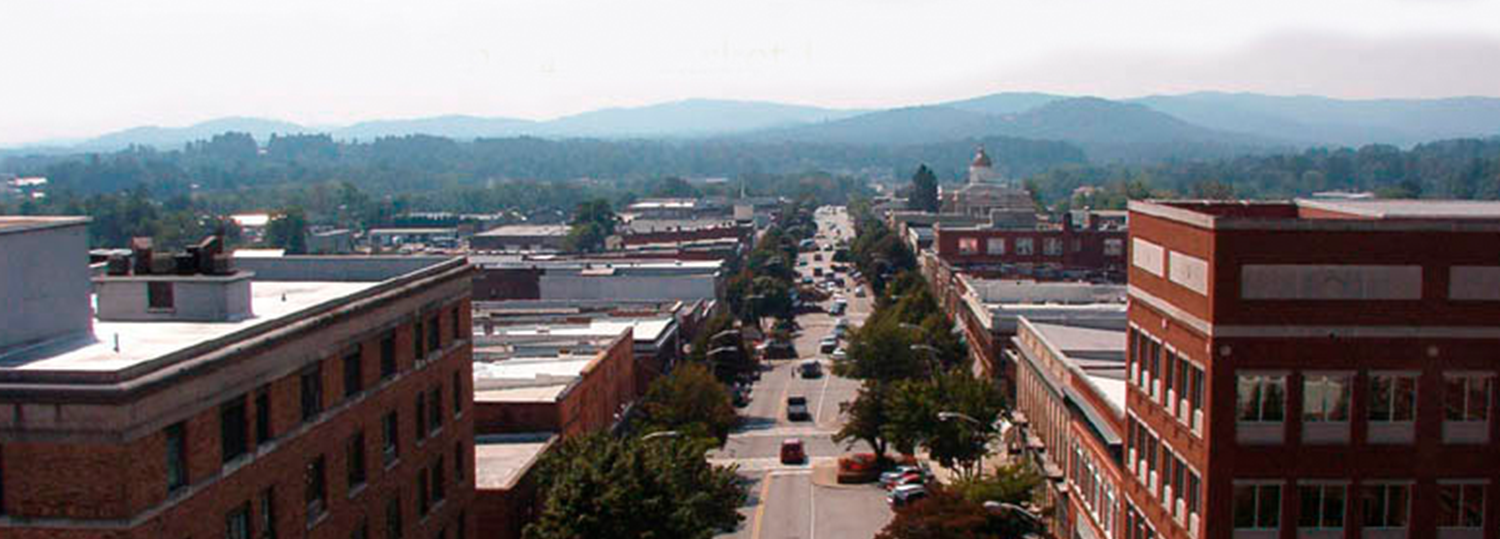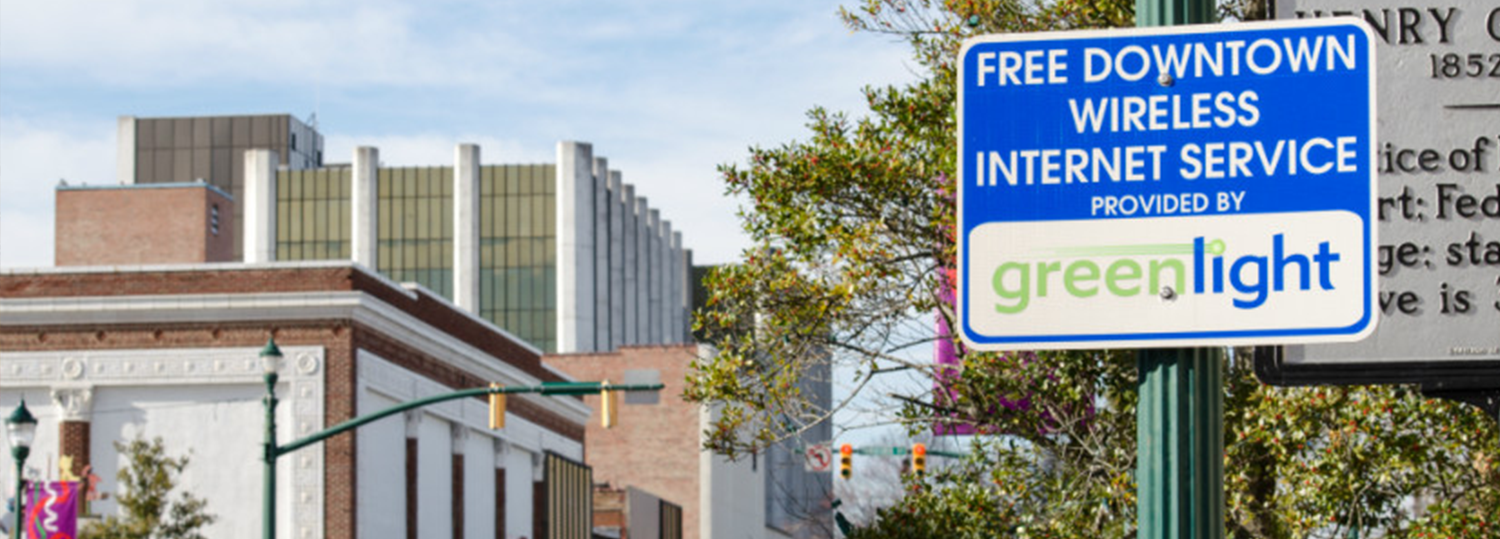Community, Connection and Clemmons State Forest
This weekend, I visited one of my favorite places, Clemmons State Forest, just outside Clayton.
I grew up in Clayton, a booming little town just southeast of Raleigh that was still sleepy during my youth, and my family’s history goes deep in the area—in Johnston County to at least the 1800s and in eastern North Carolina to the early colonial period. So, when I walk through winding pathways of the forest, now filled with bursting summer green, I don’t just hear the rustle of leaves or unseen animals, I hear the echoes of my life—family and friends still present or gone—and I am reminded of the community that formed me.
Community.
I’ve been thinking about that word a lot lately as the Institute for Emerging Issues launched our new three-year initiative, ReCONNECT NC. The initiative will include six forums around the state, each focusing on a different aspect of connection—civil, social or economic. We’ll launch the initiative with a September 2018 forum in Asheville focusing on civic engagement, or more simply put: with a focus on reconnecting to community.
Perhaps I’m also thinking about community because of recent events in the news, specifically the suicides of Anthony Bourdain and Kate Spade. I associate both celebrities with adult milestones in my life: Kate Spade, because her clothes were some of my very first “grown-up” purchases; Anthony Bourdain, because his visceral, caustic writing about the world’s varied cuisine helped reignite my love of travel (and barbecue).
I don’t pretend to know the depths of these famous people’s minds, but I do know their deaths and public struggles with metal illness shine light on the fact that more Americans than ever are struggling (or admit to struggling) with issues like depression and anxiety, and that a host of experts blame that increase, at least in part, on our society’s dwindling community connections. For much of human history, humans lived in bands of hyper-connected tribes, then in extended families in tight-knit communities. Small, nuclear families who move often, navigating anonymous suburbs and barely-known neighbors, is a relatively new phenomenon sociologically.
In other words, if you find yourself posting picture-perfect images on Instagram, as you scroll through picture-perfect images on other people’s Instagram, while sitting in your picture-perfect house with a “picture-perfect” life . . . but still feel like a little something is missing, well, you’re not the only one.
People need people, y’all.
We need that connection.
The New York Times defines civic engagement as promoting the quality of life in a community, through both political and non-political processes. So, yes, connecting to community is about taking part in local government, but also about volunteering, getting involved in a local organization, or simply getting to know your neighborhood. It’s about that human interaction.
I got a few wonderfully surprising interactions this weekend at Clemmons.
As soon as I got out of my car in the Forest’s main lot, I was greeted by the face of one of my high school buddies’ mother—a sweet, petite woman now heavily involved in local politics herself. She remembered me immediately and then asked if wouldn’t I like to join her family for a birthday lunch. In fact, my high school friend himself was right down there at the picnic tables—a former student government fanatic and perhaps THE best Willy Wonka my high school theater department has or will ever see. Another high school friend was in attendance at the party as well, a pretty, dark-haired former cheerleader who’d married into the family. She remembered me, too.
And these people helped me remember a little of who I was that day. These people reminded me of community, and how great it felt to really feel a part of one growing up.
These people knew my family, and saw me through different stages of life, whether it was my mother’s funeral or my brother’s wedding. They attended the same dance recitals, school board meetings and town halls I did. Their history is mine and their memories bleed into my own, even the not-so-great ones. For example, I had the overwhelming urge to apologize to a former teacher, who I ALSO ran into at the park—#becausesmalltownlife—for the snarky, Nirvana-loving teenager I’d been sitting in her high school biology classroom. But there was no need to apologize, because, like any time I’d seen her since graduating, she greeted me warmly.
Seeing these hometown connections reminded me how I need to do a better job connecting to the community I live in now.
I don’t live in Clayton anymore, and like a lot of people I spend most of my time at work, I don’t know all my neighbors and it’s hard to keep up with friends. It’s hard to stay engaged with people I DO know, much less people I don’t. So, what’s a person who WANTS to be civically engaged to do?
Well, these days you have to be more intentional about building your community, proactive and even a little bit creative. I was having lunch with a friend recently who inspires me in many ways, one of which is the energetic, positive way they fling themselves into Triangle activities, be it serving on boards, volunteering, etc., even if doing so is rarely convenient.
I want to be more like that. Do you?
Start by following IEI along on our ReCONNECT NC journey, which hopefully will help you think of more ways to get involved in YOUR community.
Learn more at reconnectnc.org.
Also, go to Clemmons and walk the “Talking Tree” trail. It’s my fav.
.
- Categories:


